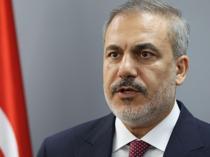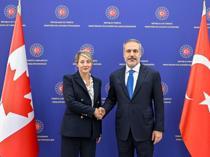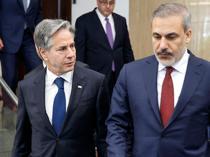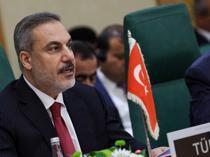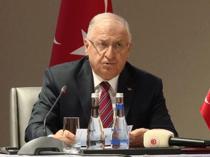Turkey pledges to meet NATO’s 2 percent defense spending guideline by 2024
Sevil Erkuş - BRUSSELS
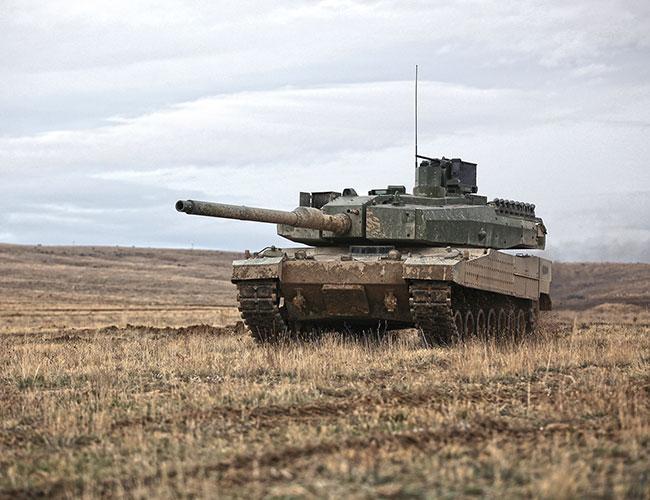
Turkey is among the 15 NATO members to meet the alliance’s guideline to spend at least 2 percent of its total GDP on defense by 2024. According to a diplomat from one of Turkey’s NATO allies, if Ankara ultimately opts to buy the Russian S-400 anti-missile defense systems then it will easily meet this target, but as the system will not be interoperable with the NATO air defense network it will not help Turkey in terms of capacity.
“A non-interoperable system is not helpful in terms of capability for NATO,” the diplomat in Brussels told the Hürriyet Daily News on condition of anonymity.
Turkey recently increased its defense expenditure to 1.52 of its overall GDP. The country’s equipment expenditure as a share of defense spending was 30.40 percent in 2017, exceeding the NATO guideline of 20 percent.
In the wake of Russia’s 2014 invasion of Crimea, NATO’s heads of state and government agreed at a summit to commit to spending at least 2 percent of their GDP on defense.
In its definition of “military expenditure,” NATO includes research and development costs, as well as defense ministry budgets, pensions, and expenditure for peacekeeping and humanitarian operations.
According to the diplomat in Brussels, just five out of 28 members currently meet the commitment to spend at least 2 percent of their GDP on defense: The United States, the United Kingdom, Poland, Estonia and Greece.
“Since 2014, the increase in defense spending in NATO, including the European allies and Canada, outside of the U.S., has amounted to $46 billion. Three allies have spent at least 3 percent of their total GDP on defense, but by the end of 2018 we hope to see that number reaching eight: Estonia, Greece, Latvia, Lithuania, Poland, Romania, the U.K. and the U.S.,” said the diplomat.
If currently planned budgets are followed through, by 2024 NATO expects at least 15 allies to have reached the 2 percent target, he said, stressing that the alliance cannot maintain its strength and capability with only half of its member countries meeting the target.
“It takes all allies to achieve success,” he added.
“One of the things we often hear from allies is that they are not going to get to 2 percent but they are still very actively engaged in contributing to the alliance’s missions and they have high quality resources ready to go whenever the alliance needs to go. In response, usually we say: ‘You’re right. We really appreciate what you are contributing today. But we want to make sure that you are able to make that contribution tomorrow. In order to do that, you are going to need to invest today. And you will need a good defense budget to do that.’”
Once capabilities are developed it also takes considerable resources to operate and sustain them, so sufficient funding must be allocated year after year, the diplomat noted.
Burden-sharing has long been a key issue in U.S.-NATO relations. The U.S. has been by far the alliance’s largest defense spender and in recent years has been urging other member states to meet their burden-sharing. After U.S. President Donald Trump directly criticized NATO member countries for not meeting their financial commitments to the alliance, many NATO allies increased their defense spending in 2017, particularly Baltic countries that feel under increasing pressure amid rising tension with Russia.








